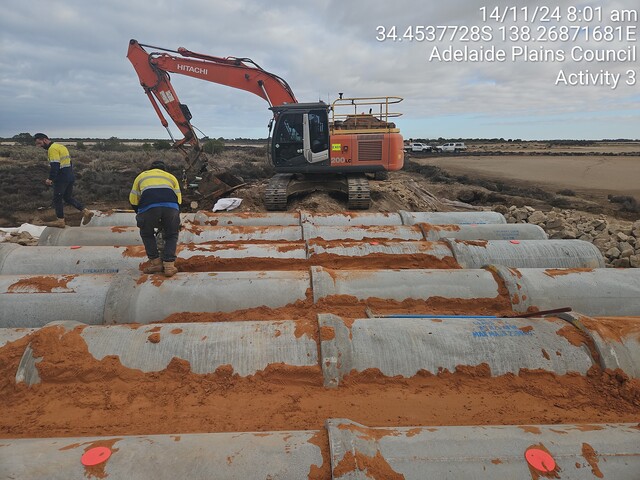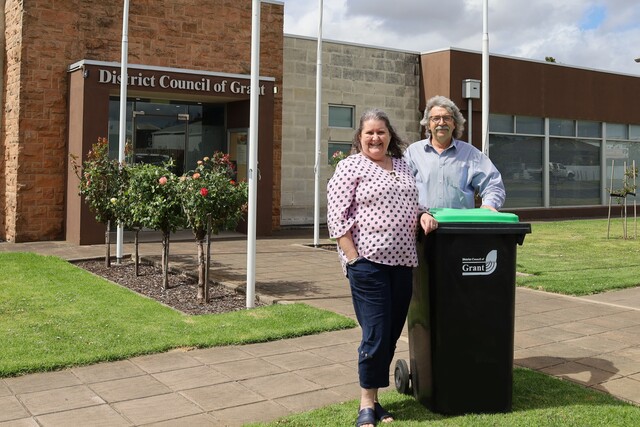Australia’s love affair with the coast ends abruptly at the beach according to the results of a national survey of estuary users. Most admit knowing little or nothing about local estuary issues and only three percent are aware that estuaries have some kind of management plan.
To improve the management of our coastal estuaries Australia needs a national action plan involving government partnerships, community training, research centres, public education programs and shared information systems, according to Dr Barry Jones, chairman of the Cooperative Research Centre for Coastal Zone, Estuary and Waterway Management.
“Many of Australia’s major estuaries show signs of degradation through increased sediments, loss of habitat and over development,” Dr Jones said. “All of us live in a catchment and most of these eventually meet the coast at an estuary. We need a better national approach to deal with these problems.
“Currently, estuary uses are administered by many different government organisations. There is fragmented planning and legislation with no national management standards or objectives.”
Dr Jones made his comments at the launch of a new report Australian Estuaries: A framework for Management in Brisbane on 27 March attended by coastal scientists and managers.
Author Tim Smith said estuaries remain the least protected waters in Australia, often falling in the administrative gap between freshwater and marine management plans.
“There are no comprehensive mechanisms to deal with issues of national significance like the Gippsland Lakes in Victoria, which is a degraded system and can experience algal blooms every two years or so,” Tim Smith said.
Australia has more than 970 tropical and temperate estuaries – defined as semi enclosed coastal bodies of water where fresh water mixes with salt water. They include bays, inlets, river mouths, mudflats, wetlands, mangroves and salt marshes.
Last year, the first stage of the National Land and Water Australia wide estuary assessment found that half are suffering from human impact and planning neglect.
The report recommends the establishment of an Australian Estuary Program by the Federal Government in cooperation with the States and local Councils.Holding executive and advisory functions, the program would establish a researcher reference group, a national centre for community participation and an estuary information centre.
It recommends an ‘estuaries of national significance’ program be developed in conjunction with States and local Councils to provide financial assistance for priority protection, restoration and planning projects.
Copies of the report are available for $10 each from the Coastal CRC and order forms can be downloaded from the website: www.coastal.crc.org.au Further information contact Don Alcock, Communication Manager Coastal CRC, telephone (07) 3362 9373 or email don.alcock@dnr.qld.gov.au







